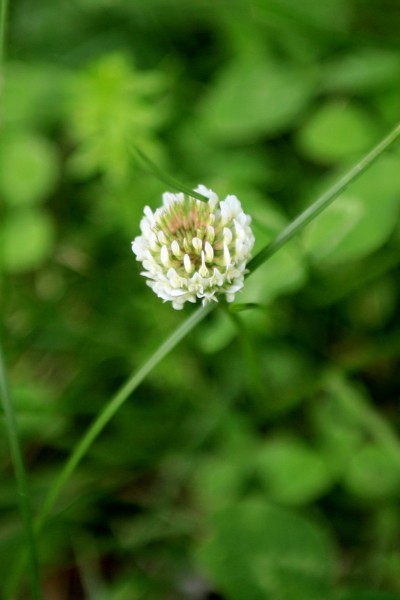






Common annual weeds include:
Perennial weeds, on the other hand, have more extensive root systems, including taproots, making them more difficult to control. In addition, these weeds come back each year, especially if the roots are not destroyed. Some of the most common (and problematic) perennial weed types include:
One of the best ways to identify lawn weeds is by looking closely at the soil in your landscape. Many common lawn weeds can be found growing in certain types of soil. In addition to the soil, weeds are commonly identified by their appearance. Some of the most common lawn weeds include the following:
Dandelions – Dandelions are well known in many lawns and gardens – their fuzzy yellow blooms popping up nearly anywhere. While their deep taproots make them difficult to control, they generally spread through their easily recognized white, fluffy seedheads.
Ragweed – Ragweed is commonly known by many allergy sufferers. This annual weed can be seen most often during summer months and recognized by its fern-like foliage.
Crabgrass – Crabgrass is a homeowner’s worst nightmare, creeping up throughout the lawn. This summer annual lies flat to the ground and has reddish-purple stems (both smooth and hairy). It forms slender spike-shaped seedheads just below mowing height, making it difficult to manage.
Spotted spurge – Spotted spurge has a reddish-purple spot in the center of each leaf and the sap is milky (which may cause a rash in sensitive individuals). This annual weed can be pulled up easily in moist soil. Improving the density of lawn grass can help keep it under control.
Common chickweed – Common chickweed is a mat-forming weed with tiny, star-shaped white flowers. This annual thrives when conditions are cool and moist. Mouse-ear chickweed is similar; however, this weed is perennial with hairy stems and leaves, and is more tolerant of summer heat.
White clover – White clover is a perennial weed that forms creeping runners and produces white, fluffy-looking blooms. Since this weed is a legume which fixes nitrogen, it is often found in lawns with low fertility. Adding nitrogen to the soil can help ease the population of clover.
Common nettle – This is prolific in soil that borders gardens and open fields. This perennial weed has many varieties, including stinging nettle. While it may look like an ordinary, hairy weed with attractive little flowers, it can cause a very painful sting if you touch it. Nettles can often be aggressive spreaders, with creeping roots.
Broadleaf plantain – Broadleaf plantain is a low-growing perennial. It has broad leaves with prominent veins and may smother lawn grass if left untreated, which generally calls for maintaining thick lawn coverage.
Knotweed – Knotweed is an annual weed, common along sidewalks. It usually thrives in dry, compacted soils. Knotweed forms a tough, wiry mat of stems and blue-green leaves with small white flowers. It is often confused with spurge; however, this weed does not produce a milky sap. It does produce numerous seeds, which can be reduced with annual aeration.
Ground ivy – Also known as creeping charlie, this weed is extremely difficult to control, as this creeping plant (recognized by its round, scalloped leaves, square stems, and small purplish flowers) can form large patches in shady, moist areas of the landscape.
Annual bluegrass – Annual bluegrass is a bright green, low-growing grass that thrives in cool, moist weather. While it produces a number of white-colored seedheads and forms patches throughout the lawn, this weed is known to suddenly die out in hot, dry weather.
Copyright © www.100flowers.win Botanic Garden All Rights Reserved